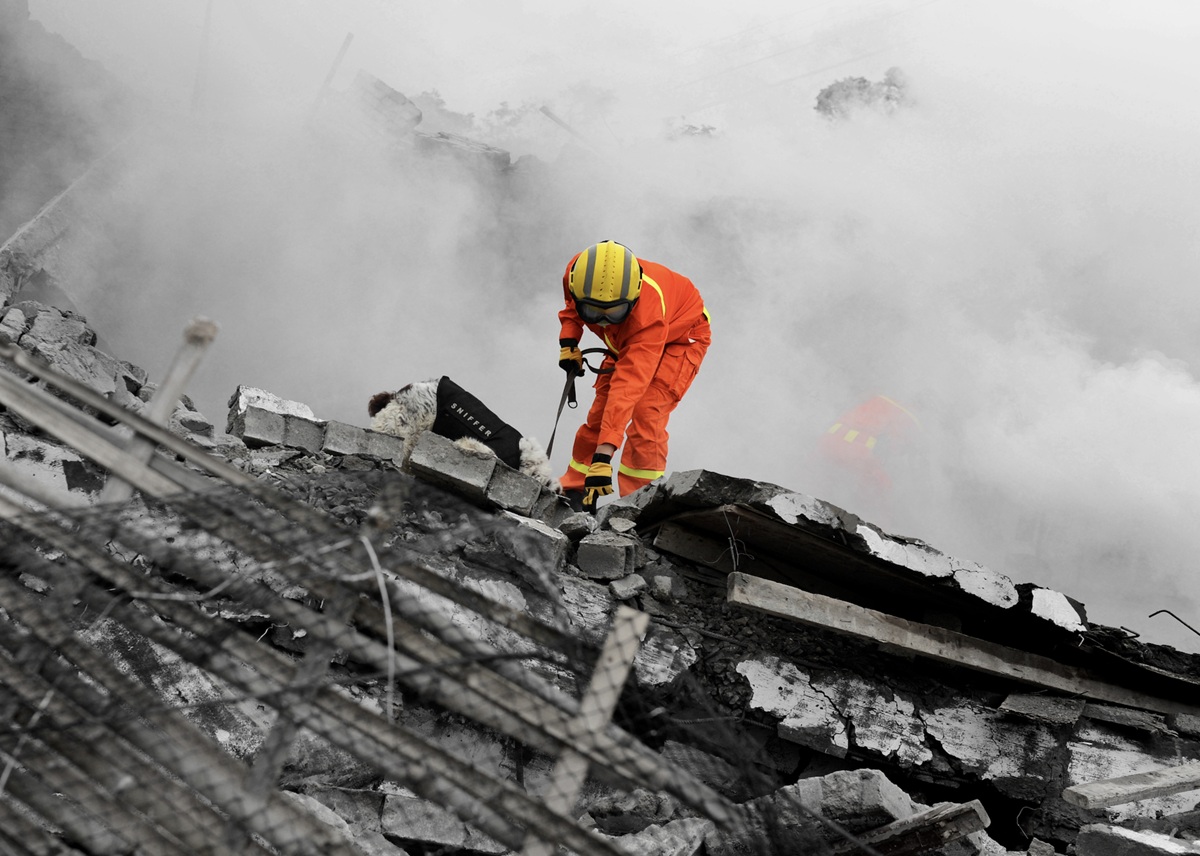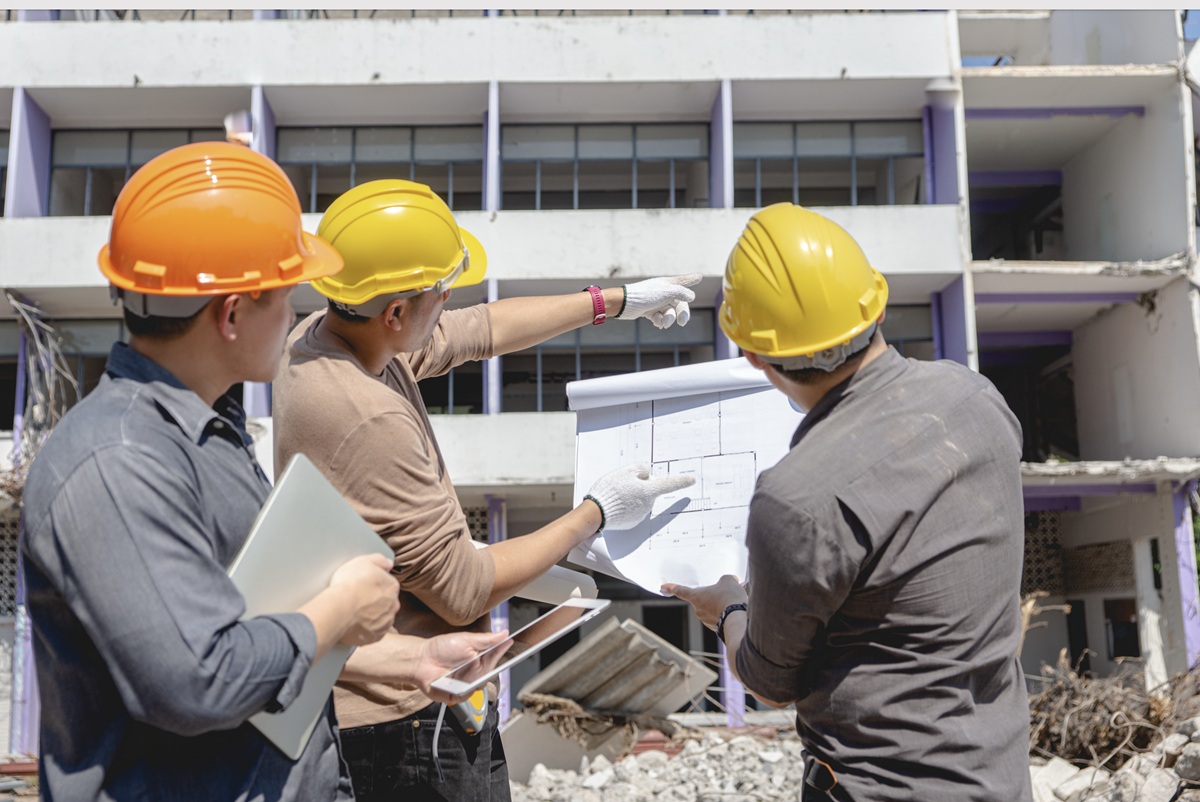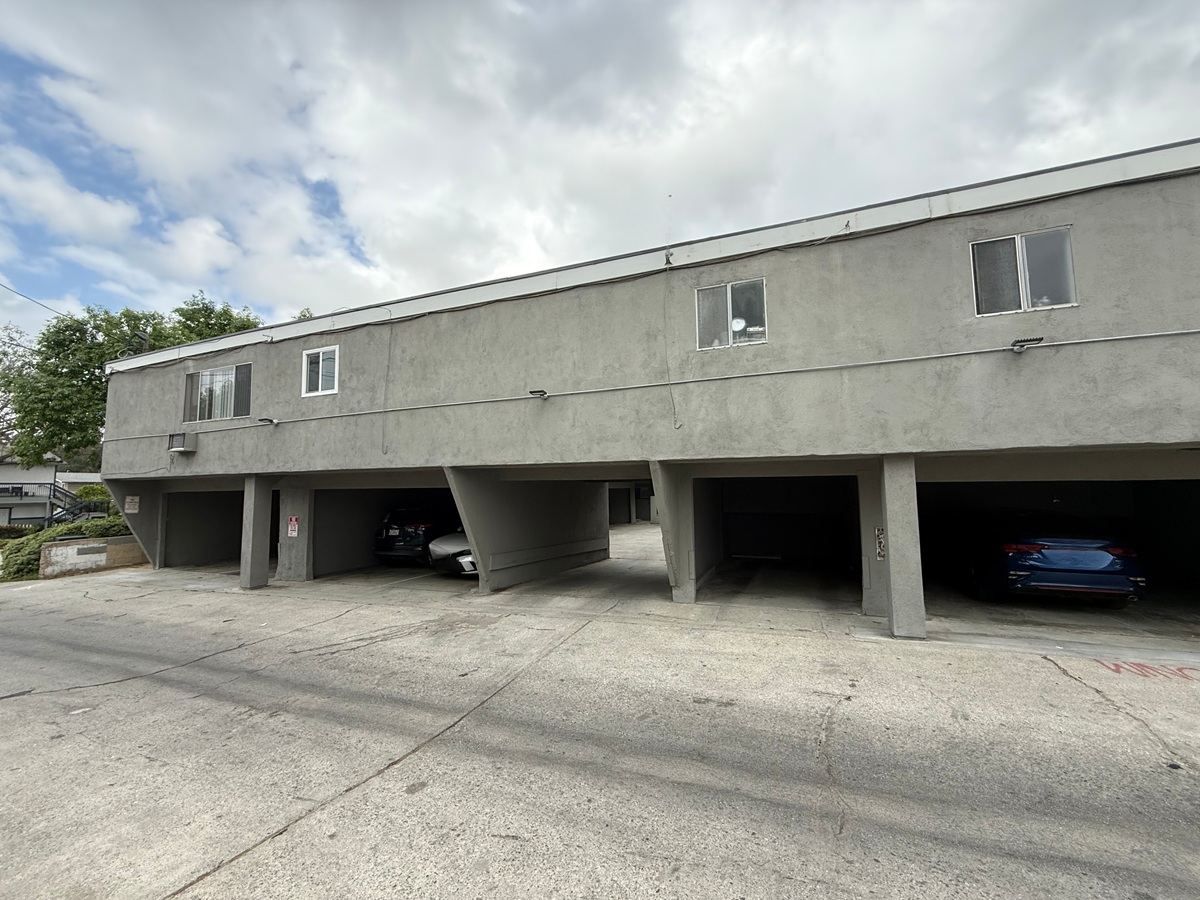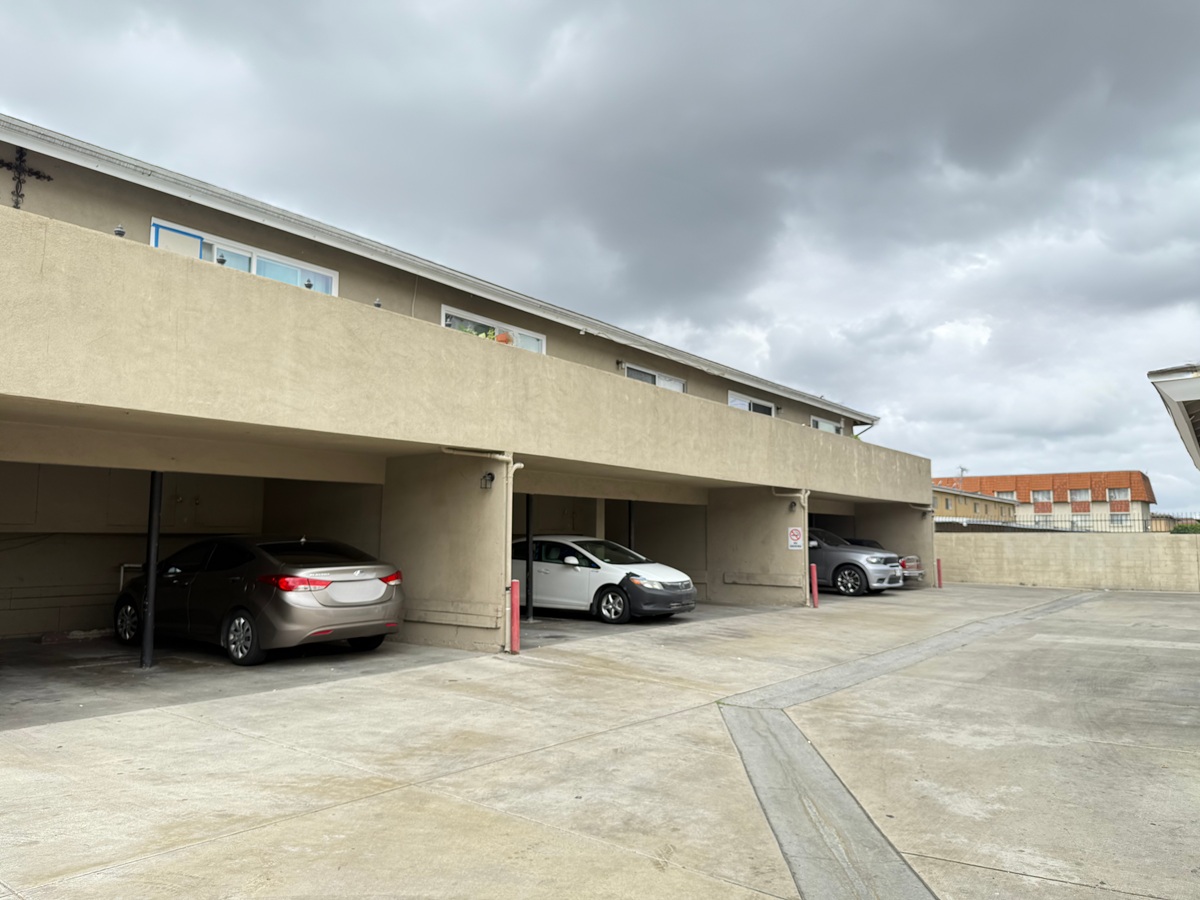Earthquakes have baffled civilizations for thousands of years.
In ancient times, many people believed earthquakes were the result of giant animals, angry gods, and giants.
The Japanese believed a giant catfish living at the bottom of the ocean would shake the Earth when he moved. The Greeks blamed Poseidon, the god of the sea. Mexican folklore explained quakes as acts of El Diablo, himself. Legend said he made huge crevices in the earth from which he and his helpers could emerge to stir up trouble.
Science, not storytelling
We now understand the science of plate tectonics and the cause of these sudden movements of the earth’s crust.
A recent study by CoreLogic estimates that a full rupture of the San Andreas Fault could result in simultaneous earthquake damage to both Northern and Southern California and cause $289 billion in destruction and damage 3.5 million homes. What’s not calculated in that figure is the residual economic loss from broken infrastructure, shuttered businesses and public services, widespread homelessness, and general chaos.
It’s human nature to dismiss frightening or uncomfortable topics as unimportant. Naturally, there is a lot of misunderstanding about earthquakes and retrofits. Let’s clear up a few of these myths.
Myth No. 1: It is too expensive.
The University of California at San Diego, home to the world’s largest outdoor shake table, has found that retrofits are quite effective in helping to control or even prevent damage.
Other studies show that retrofits can be cost-effective, too. Caltech researchers recently determined that for every dollar spent in retrofitting soft-story structures, property owners could expect to save up to 7 dollars, and that study didn’t factor in loss to contents, alternate living expenses or deaths and injuries – all of which would have significantly increased the cost-to-benefit ratios.
Myth No. 2: My tenants must be relocated
In most instances, earthquake retrofit construction can take place without having to relocate any tenants.
It’s important to look for a seismic engineering and construction company that can accommodate tenants while doing the work. Much of that entails their construction schedule, and whether they cover and clean up their work to avoid disrupting tenants during non-business hours.
Myth No. 3: I will lose parking spaces if I get the work done
While seismic retrofits of soft-story structures generally focus on stabilizing the building at the ground-floor level where the parking is located, it doesn’t mean parking spaces need to be lost.
Proper engineering studies identify the most effective and economical option for each individual property. When the engineering is done right, projects can be done with minimal impact to the structure and its residents. It also avoids permitting delays and/or the need for costly revisions in the future.
If your apartment building is a soft-story structure at risk of failure in an earthquake, call Optimum Seismic today at 833-978-7664 or visit optimumseismic.com to arrange a complimentary evaluation to find out precisely what risks and liabilities you may be facing.







